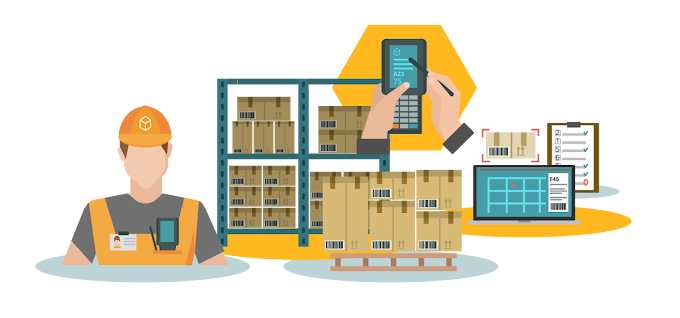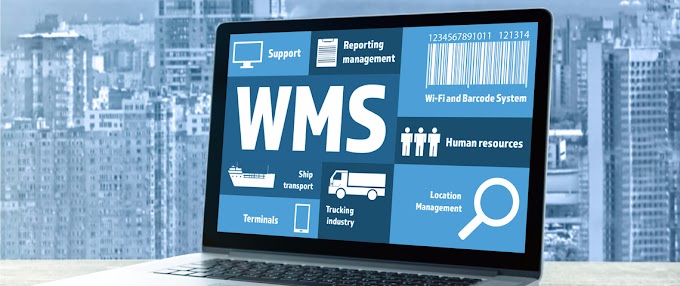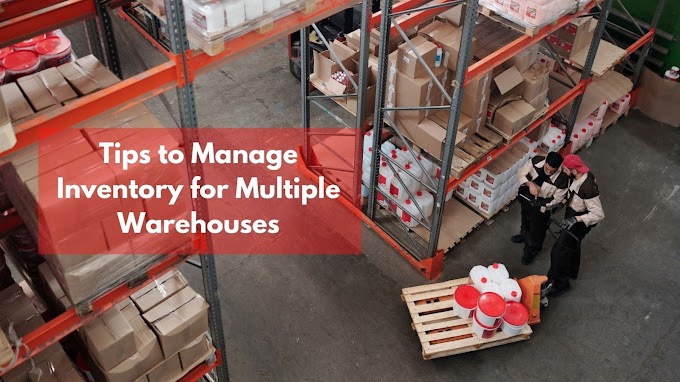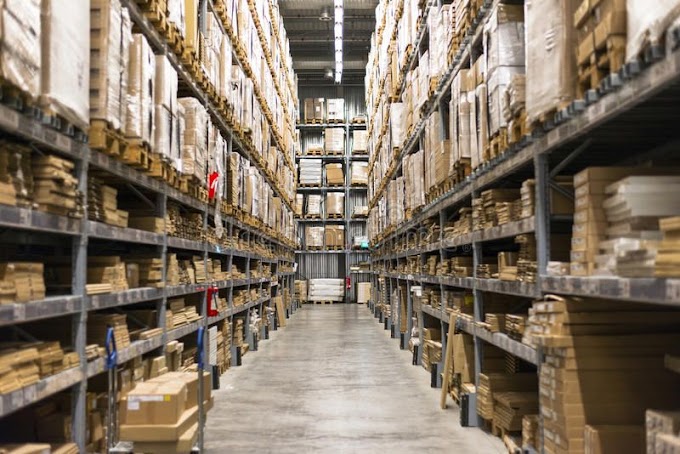When talking with brands and businesses seeking stock maintaining system, the terms Warehouse Management WMS and ERP software is used interchangeably. Although ERP software has warehouse management capabilities, they are not the same, and some areas set them apart. It’s important to understand the difference between these two terms when talking to software vendors or providers.
Both ERP and WMS systems are the backbone to any wholesale and distribution business – without them, the brand or business won’t be able to function. This article aims to educate you on the differences and similarities between warehouse management and ERP software.
A WMS system is used to manage the storage and movement of inventory within a warehouse. It tracks the movement of each inventory item such as the item being received, put-away, picked, packed, and shipped. The key differentiator between Enterprise Resource Planning software that is ERP and WMS is that WMS systems provide intelligence on optimizing inventory movement within your warehouse based on real-time information. Users can generate reports to indicate the optimal location for each item to be put-away based on historical data and trends, and the system helps dictate where the product should live in a warehouse based on bin and shelf utilization. Additional functionality includes:
- The ability to set up stocking and non-stocking locations to show the true count of inventory, while at the same time separating product available and product already allocated to an existing order
- Cross-docking features provide employees with the ability to ship and receive the product without putting it away
- The ability to set up ratings for more efficient picking and stocking location priorities
- Precise movement tracking of product – from the shelf, to cart, to specific stations, etc.
ERP Software, on the other hand, automates business processes across all departments of a business including accounting, order entry and processing, purchasing, inventory management, warehouse management, eCommerce integration, and customer relationship management. The main purpose of ERP is to facilitate the informational flow between all functional areas of a business. What often becomes confusing is that many ERP software has the same capabilities as warehouse management software and contain various levels of inventory and warehouse related features. For example, an ERP system will have functionality for tracking the process of inventory items being received, picked, packed, and shipped and the ability to manage shelf and bin locations, but not be able to make recommendations for warehouse layout. If your brand or business needs inventory management along with accounting, order entry, contact management, and then chances are that you are looking for ERP software. Essentially, ERP will have all WMS functionalities but on a narrow scale.
Both WMS and ERP are a part of supply chain management and focus on helping businesses to manage their resources in the best economical way possible. They report real-time data information based in a variety of ways and can be managed in the cloud or on-premises. Each system and module come with its price tag – starting from a few thousand, to upwards of hundreds of thousands. Although ERP includes some WMS functionality, the features provided are not as robust as that of WMS – however, for small-medium size distribution and wholesale businesses, ERP is frequently all that's required.
WMS software can be several times more expensive than ERP and so make sure you use the correct terminology when speaking with software providers – the need for warehouse management, receiving, shipping, and inventory functionality is different than the need for true warehouse management software. Not every warehouse needs a WMS system as they’re designed for complex operations and the initial costs are quite a bit expensive. Many ERP software has the main functionality of WMS systems at a relatively lower price. A good ERP system should be able to accommodate most stock requirements including a basic warehouse management system at a far more affordable price. There are different levels of stock management systems and it’s best to understand business needs when searching for systems.








0 Comments